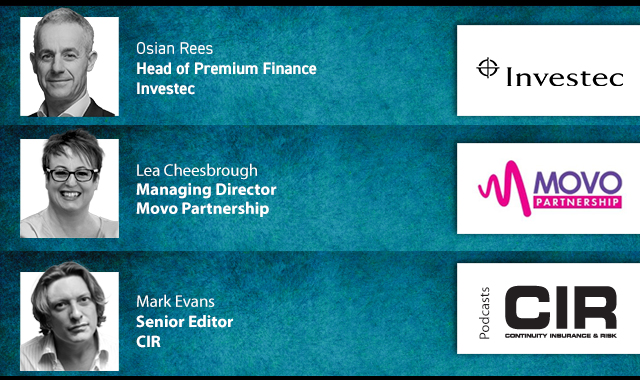Analysis from business continuity and disaster recovery provider, Phoenix, finds that customers using Disaster Recovery as a Service (DRaaS) are far more likely to undertake regular tests and plan rehearsals. This suggests that customers find it easier to test with DRaaS in place than customers who have traditional business continuity services, where Phoenix has seen only 40% of its customers testing.
Phoenix believes DRaaS makes it much easier for customers to test because the data is with the same provider and the logistical issues usually found around testing, such as tape transportation and getting IT staff to the recovery centre, are removed.
Furthermore, with DRaaS, the service provider can initiate the recovery so customers are able to remotely access the recovered infrastructure to ensure that everything they needed to recover, has been recovered. The ‘live’ service element of DRaaS ensures a regular flow of communication which in turn increases awareness of testing.
With environmental and hardware failures the most common reasons why customers put Phoenix on standby to use its disaster recovery services, the company is urging organisations to test their disaster recovery plans at least once a year to protect themselves against unforeseen but commonplace disruptions.
“We’ve found that customers with DRaaS in place find testing less disruptive to their day-to-day business operations and they are testing at least once last year,” said Mike Osborne, head of business continuity at Phoenix. “Some of our DRaaS solutions can be tested remotely and customers are much more engaged with delivering their expected recovery time and point objectives.”
As part of Business Continuity awareness Week, the annual global educational event run by the Business Continuity Institute, Phoenix is offering businesses across the country the opportunity to visit its regional business continuity centres this week. It hopes to create greater awareness among businesses of the importance of reviewing their disaster recovery and business continuity plans. Recent figures published by the company show that just 45% of Phoenix customers in total, tested last year with only 12% testing more than once.
“We are using BCAW as an opportunity to invite anyone keen to learn about DRaaS, to visit our centres where recovery engineers will be available to tour the facilities and talk about anything from business continuity planning, recovering data in the cloud and workarea recovery,” Osborne explained. ”The reasons our customers need to recover their systems and data are not unusual, dramatic events, but everyday issues – don’t wait until you have a disaster to find out that your disaster recovery plan is not up-to-date.”
Printed Copy:
Would you also like to receive CIR Magazine in print?
Data Use:
We will also send you our free daily email newsletters and other relevant communications, which you can opt out of at any time. Thank you.












YOU MIGHT ALSO LIKE